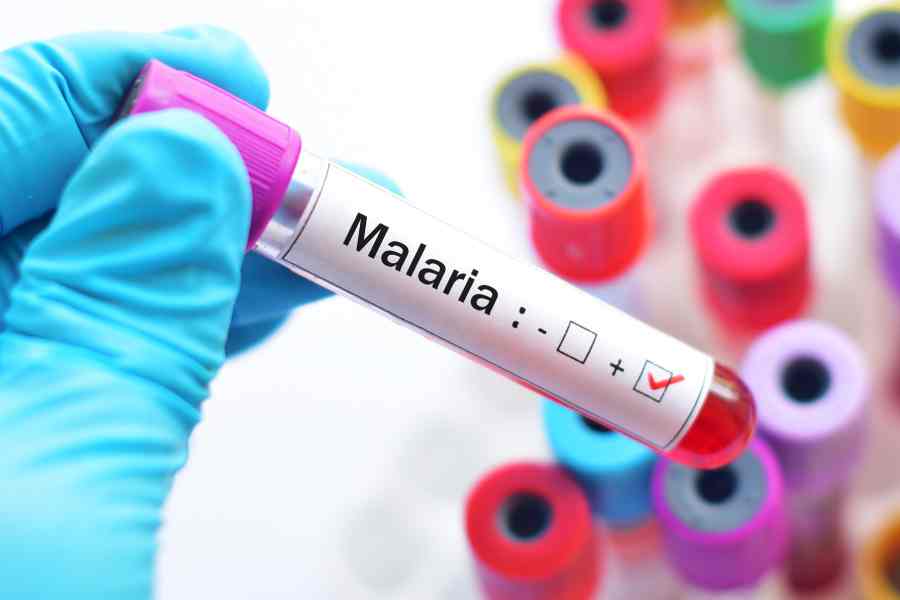Challenges to public health remain diverse and persistent in the Indian context. Even as the World Health Organization announced that the coronavirus pandemic is no longer a global health emergency, old enemies — vector-borne diseases like malaria and dengue — continue to rear their heads periodically in different parts of the country. According to the World Malaria Report 2021, India accounted for a shockingly high 83% of all malaria cases and 82% of all malaria deaths in the Southeast Asia region. For dengue, the numbers are even more staggering. India recorded 1,93,245 cases and 2,33,251 cases in 2021 and 2022, respectively — around 10 times the figure recorded in 2011. Unfortunately, recent statistics bear grim tidings for the residents of West Bengal. Bengal has topped the list of Indian states with cases of vector-borne diseases, according to the data released under the National Vector Borne Disease Control Programme. A total of 67,271 cases of dengue were recorded in the state in 2022 — the highest in five years — while the number of malaria-afflicted patients stood at 40,563. The justification offered by health officials that the numbers are high only because of rigorous testing will be of little comfort to those families who have lost their loved ones to these fatal bites.
Bengal suffers disproportionately because of a number of factors — natural and man-made. Its humid climate and riverine ecology make it a hot spot for the proliferation of vector-bearing agents. Simple preventive measures, such as the use of mosquito nets and repellents, are not practised consistently in homes. There is, additionally, the problem of poor drainage facilities — Calcutta is a classic example of this — that lead to water accumulation and, hence, the proliferation of mosquitoes. Municipal authorities have also been known to practise outdated modes of controlling the mosquito population. This is indicative of the fact that a poor civic culture and inefficient urban planning contribute to public health crises. It has been reported that 1,200 people tested positive for dengue in the state by May 1 even though the peak season for infections lies ahead. This shows that much of the policy lacunae and public inertia continue to persist despite the burgeoning load of the disease. Perhaps it is time for the citizenry — voters — to take greater interest in civic issues to generate a momentum against institutional indifference. That should force the city fathers to do what needed to be done long ago.










